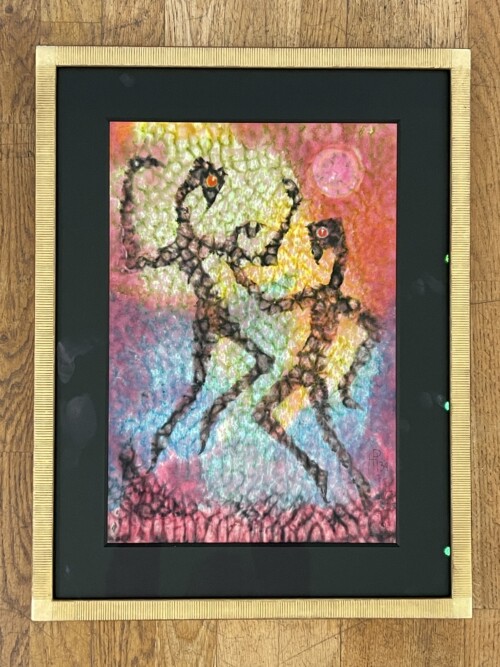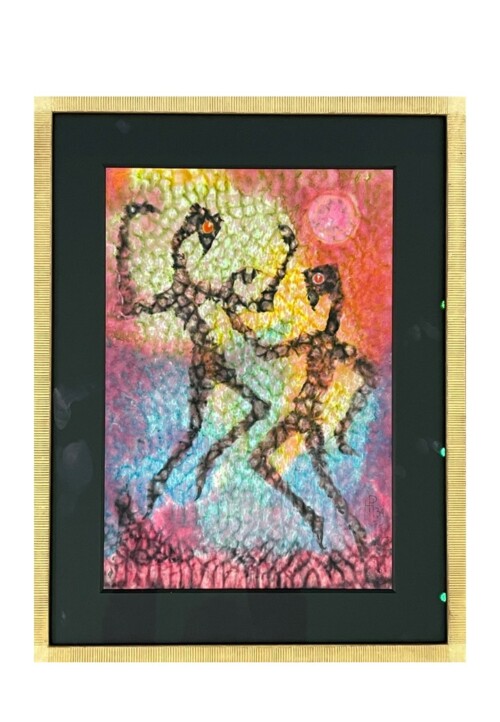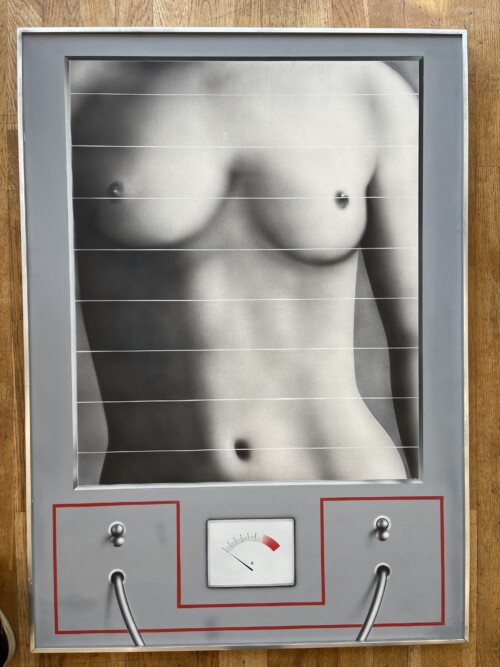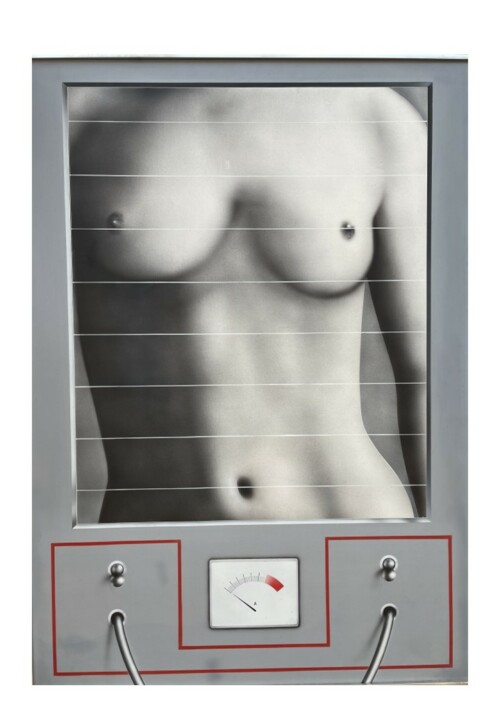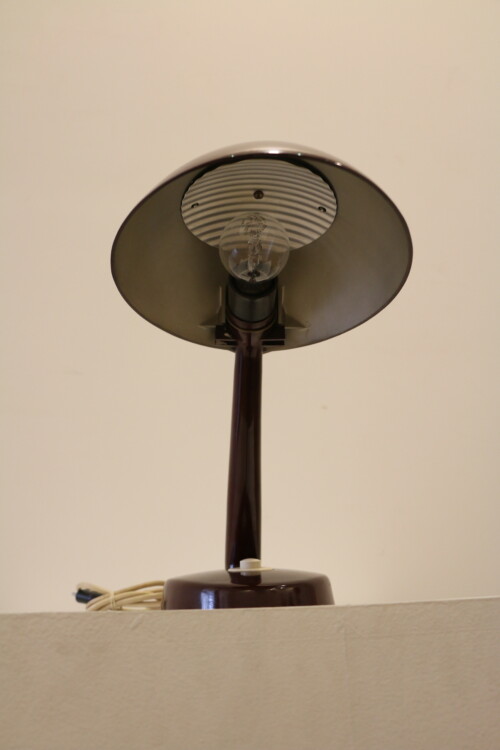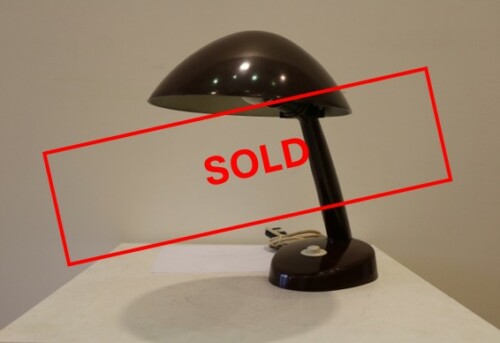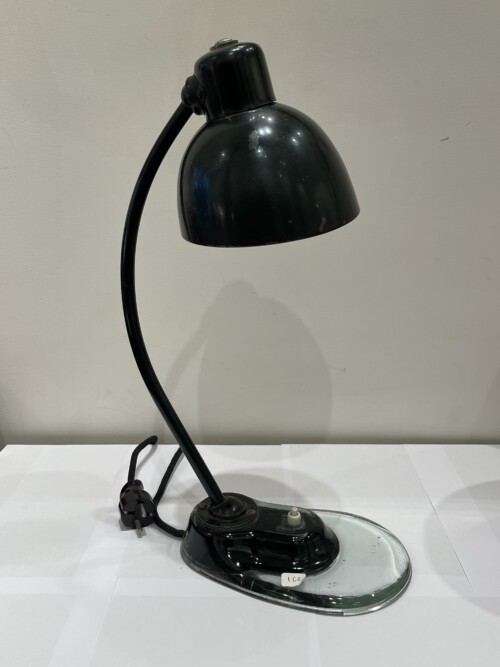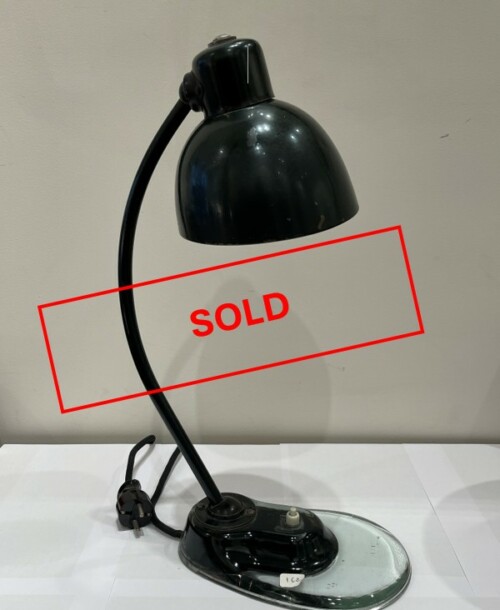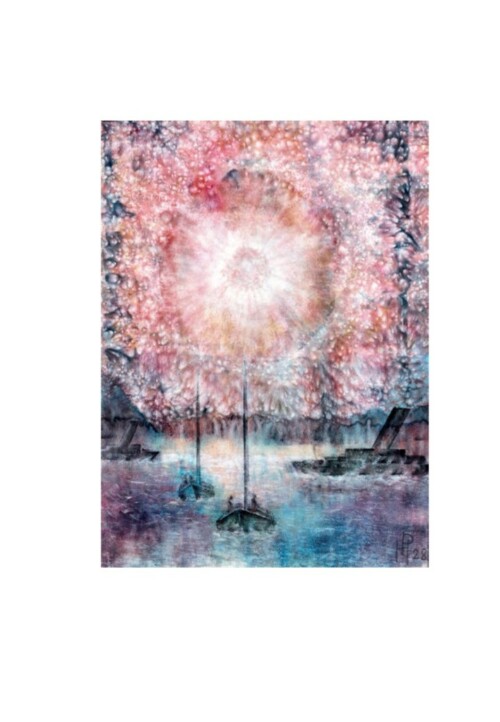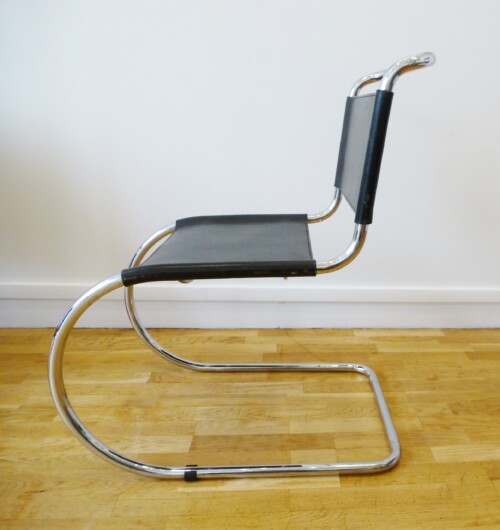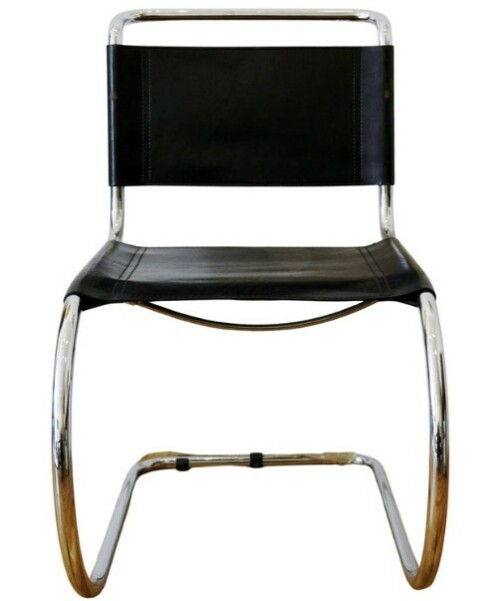- Aquarelle sur papier.
- Monogrammé et daté en bas à droite.
- Accompagné d'un message manuscrit au dos écrit par Pfeiffer lui-même : «Cette aquarelle signée HP 31 est originale de mon époque Bauhaus», signé «Henri Pfeiffer».
Henri Pfeiffer joined the Bauhaus at the age of 17, where he became a student of Paul Klee. He created numerous abstract works with a renewed vision of color use and perception. From a young age, Pfeiffer studied the chemistry of pigments intensively under the guidance of his uncle. In 1933, when the Bauhaus was banned, he was arrested by the Gestapo but was successfully released thanks to the intervention of his parents. After this, he abandoned painting but remained deeply passionate about color, eventually becoming a renowned ophthalmologist specializing in color perception. After moving to France, Pfeiffer wrote a book on the subject in the 1950s. His journey, from avant-garde painter to scientist with a lifelong obsession with color perception, is a remarkable story. It is in line with the ethical and philosophical principles of Bauhaus, which emphasized the integration of art, science, and industry.
- Watercolor on paper.
- Monogrammed and dated at bottom right.
- Accompanied by a handwritten message on the back written by Pfeiffer himself: " This watercolor signed HP 31 is original from my Bauhaus period," signed "Henri Pfeiffer".
